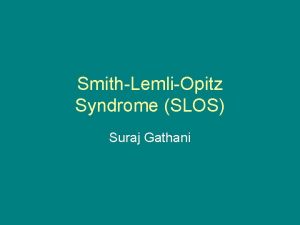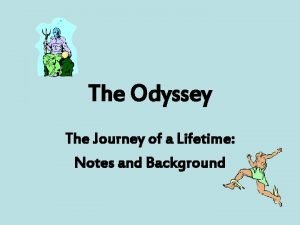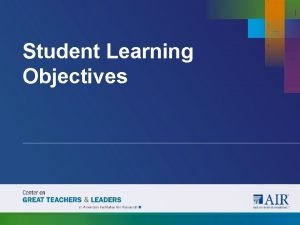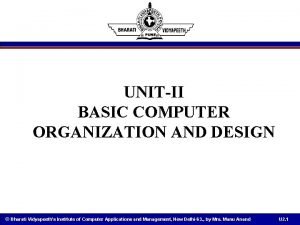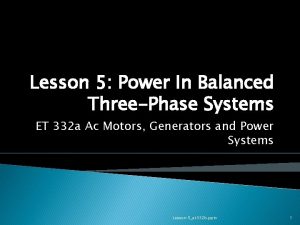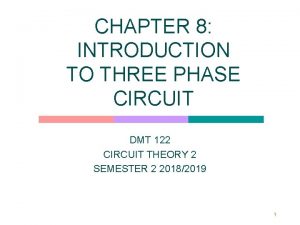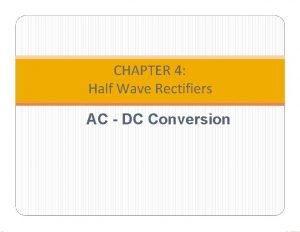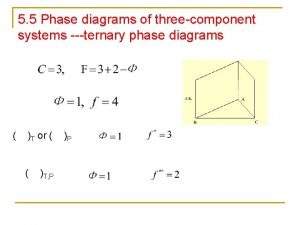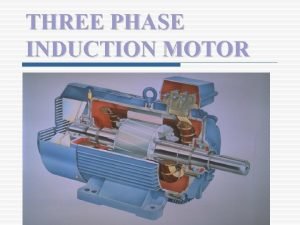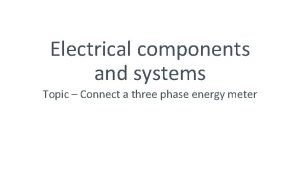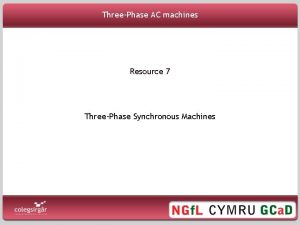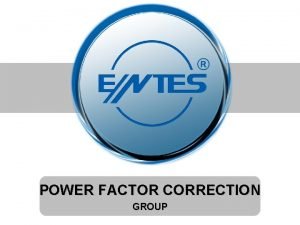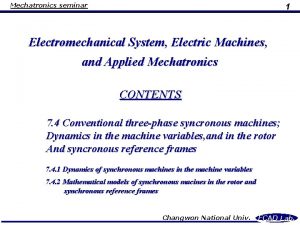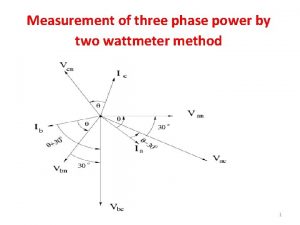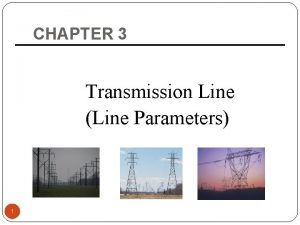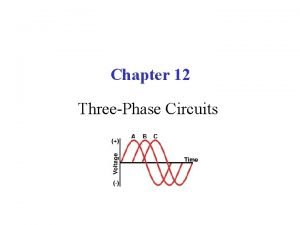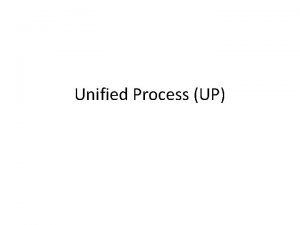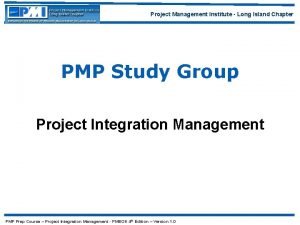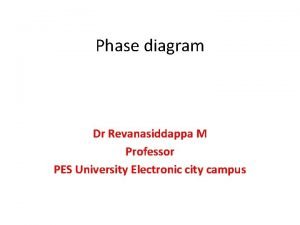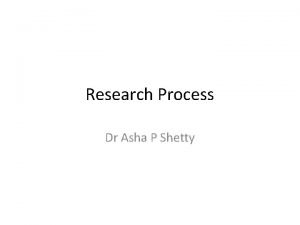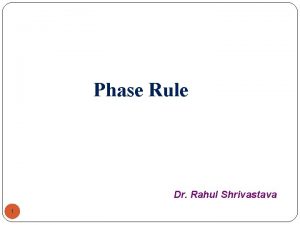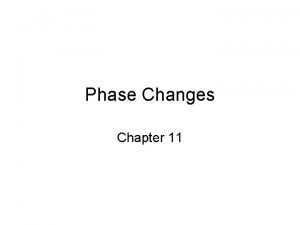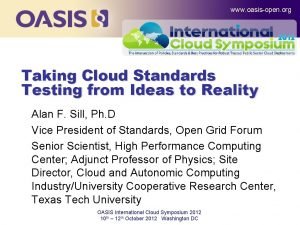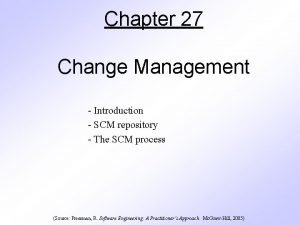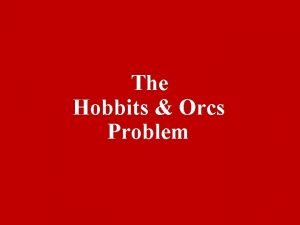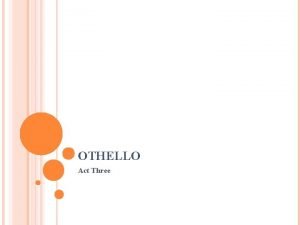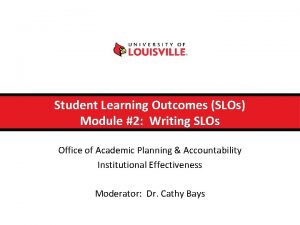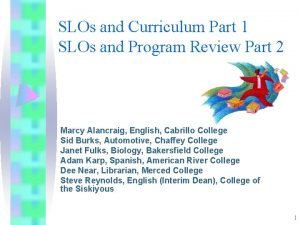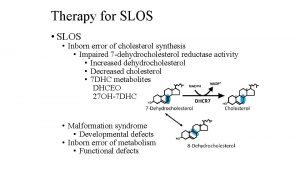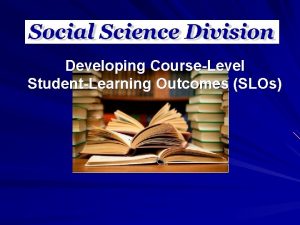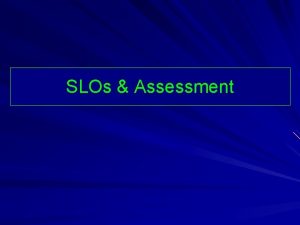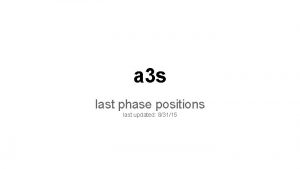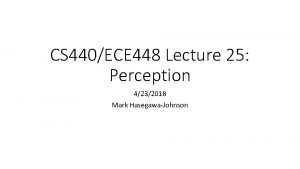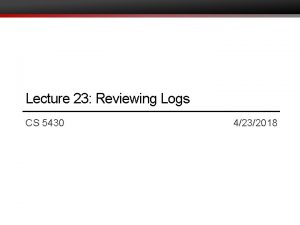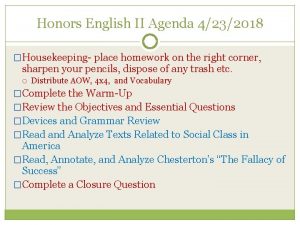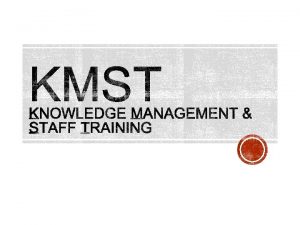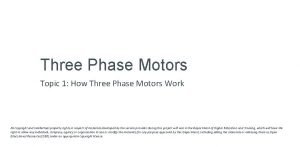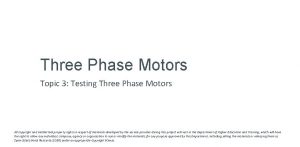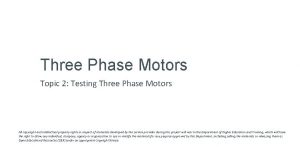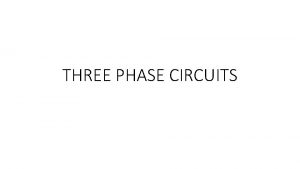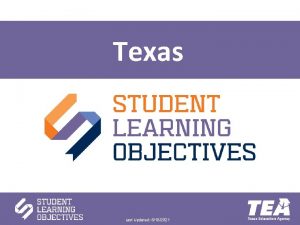Texas Last Updated 4232018 Three Phase Process SLOs











































- Slides: 43

Texas Last Updated: 4/23/2018

Three Phase Process

SLOs are. . . ●A means to teacher growth (reflect, assess, adjust, and develop over time) ●A concentrated look at instructional impact on student learning ●Focused on one foundational skill in one subject area with one class ●A way to inform potential instructional goals in a teacher’s GSPD plans ●Evidence-based


SLO Skill Statement The skill statement is a description of what students should be able to do with the foundational skill by the end of the course/year. It is about your personal teaching growth.

Probing Question es t No What is the difference between a foundational skill and TEKS? . Pg 2

Foundational Skills ● Are the most important skills students develop in the course. ● Can impact not just this course but other courses both this year and beyond. ● Persist throughout the course. ● Will be found in multiple TEKS.

The foundational skill focus should represent a balance between being valuable for teacher growth and being important for students both in the current course but in other courses beyond this year. If there are multiple, competing skills that appear to be equally important, teachers should consider which of those foundational skills they feel they teach less effectively.

Foundational Skills ●analyzing text ●communicating ideas ●using multiple representations ●developing vocabulary ●comprehending & connecting text ●formulating questions & hypotheses


SLO examplars… ●Students will analyze text using academic language to communicate verbally or in writing to communicate their strategies in problem solving. ●Students will practice using scientific terminology to improve problem solving and context clues skills. ●Students will be able to use perspective properly in an artistic drawing. Is your SLO… meaningful? manageable? measurable?

SLO Skill Statement Success Criteria l a nu a M P g. 29 1) Represents a foundational skill that is specific to the content area 2) Persists throughout the course 3) Measurable through a demonstration of student skill 4) Focus on it will improve the teacher’s practice (teacher dependent) 5) The skills captured are clearly defined and appropriately focused (teacher dependent)

SLO Skill Focus Statement Students will show steady growth in oral reading fluency in appropriately leveled text. Estela Rheala Fatima Martha fluency experiences phonics vowel digraphs timed passages buddy reading direct instruction centers intervention reading with expression games poems Johnny Can Spell phonics spelling modeling read-alouds building background writing speaking comprehension vocabulary

Thinking about my SLO with a partner discuss how the statement stacks up to the success criteria.


Initial Skill Profile An Initial Skill Profile (ISP) captures: ● Where students are in relation to the skill statement at the beginning of the course ● The different levels of student skill ● What is “typical” for the teacher’s classroom

ISP Structure 2 4 1 5 3 al M u an . Pp 5

Success Criteria al u an M g. P 1) Articulates skills for the beginning of the year 2) Differentiates between levels 3) Descriptors align to skill statement (potentially through subskills) 4) Can be assessed through in multiple ways 5) Specific to the teacher’s experience and expectations (teacher dependent) 29

ISP Practice Work with a partner to review what you wrote down: 1) Descriptions for your 5 levels. Use the success criteria and the exemplar ISPs to help you.

Who are my students? There are two different parts in this section in order to clarify: a. What I expect or assume my students will be able to do with this skill statement; and b. What my students are actually able to do This ensures that we adjust our planning to fit the needs of the students we have, not the ones we thought we’d have.

Who are my students? We collect data about our current students’ skill level in order to assess current level of learning and map to the Initial Skill Profile.


Targeted Skill Profiles (TSP) ●The Initial Skill Profile (ISP) captures students as they arrive in your class prior to your instruction. ●The Targeted Skill Profile (TSP) describes what you expect of students at the end of the SLO. ●They are NOT the same.

Targeted Skill Profiles The Targeted Skill Profile captures where your students should be at the end of the SLO. Targeted Skill Profiles (TSP): ●Are a means for considering long term goals for students ●Are based on the distribution of skills seen in the students that you have in the class ●Describe what skill level your students should display at the end of the course

Success Criteria al u an M P g. 1) Articulates skills for the end of the year 2) Differentiates between levels 3) Descriptors align to skill statement 4) Can be assessed in multiple ways 5) Targets are specific to the students in the teacher’s class (teacher dependent) 6) Reflects high, yet reasonable, expectations for student growth (teacher dependent) 30


TSP Practice es. 6 Pg ual an 3 M. 1 Pp 4 -1 t No Review your Target goals for students: 1) Are they high but reasonable goals for each of the 5 levels of students. Use the success criteria to help you.

What are my expectations for these students? (Growth Plan) ●Teachers will set an individual target for each student ●Use status in the ISP plus other data (attendance, grades in related classes, learning designations, etc. ) to determine expected level at the end of the course ●Expectations should be high yet reasonable

Student Growth Tracker

What are my expectations for these students? Table discussion: What should a teacher think about when planning for end-of-year SLO assessments? The assessments are aligned in content and rigor with the skill statement Multiple assessments are being used


Planning for Growth Teachers should be ready to discuss: ● How do you differentiate instruction? ● How will you monitor progress? ● How will you collaborate with colleagues?

Review Success Criteria Document

Review SLO with appraiser for approval SLO Rating Rubric

Three Phase Process


Phase 2 Processes Mid-point conferences with appraisers Main points of the check-in: ●Are students on track to meet targets? ●What adjustments have been made? ●What adjustments still need to be made? ●What additional support can be provided to the teacher?

Three Phase Process


Reflection and Close-Out ●Teachers should assess the end-of-year student skill level ●Teachers record students’ end-of-year skill level on the Student Growth Tracker and complete EOY Reflection in advance of EOY Conference ●The SLO EOY close out should occur during the TTESS EOY conference

Check for Understanding ●Areas you feel good about? ●Concerns? ●Questions?

Supporting documents can be found at: https: //Texas. SLO. org/

THANK YOU! ●Jeffrey Strom ●jstrom@esc 19. net
 Difference between rpms and ipcrf
Difference between rpms and ipcrf Suraj gathani
Suraj gathani Odyssey map journey
Odyssey map journey What are slos
What are slos During _______ branching, only car is updated with adr
During _______ branching, only car is updated with adr Normal phase vs reverse phase chromatography
Normal phase vs reverse phase chromatography Tswett pronunciation
Tswett pronunciation Mobile phase and stationary phase
Mobile phase and stationary phase Stationary and mobile phase
Stationary and mobile phase Normal phase vs reverse phase chromatography
Normal phase vs reverse phase chromatography Phase to phase voltage
Phase to phase voltage Adsorption chromatography
Adsorption chromatography In a ∆-connected source feeding a y-connected load
In a ∆-connected source feeding a y-connected load Csce 441
Csce 441 Variable interval reinforcement
Variable interval reinforcement Power formula three phase
Power formula three phase A balanced delta connected load having an impedance 20-j15
A balanced delta connected load having an impedance 20-j15 Half wave rectifier rl load
Half wave rectifier rl load Three component system phase diagram
Three component system phase diagram Synchronous speed of motor
Synchronous speed of motor Line current and phase current
Line current and phase current Three phase system
Three phase system Double subscript notation in three phase
Double subscript notation in three phase Pony motor starting method diagram
Pony motor starting method diagram Three phase synchronous generator
Three phase synchronous generator Shunt reactors for power factor correction
Shunt reactors for power factor correction Three phase synchronous generator
Three phase synchronous generator Three-phase power
Three-phase power Gmr and gmd
Gmr and gmd Three phase circuits
Three phase circuits Polyphase ac circuit
Polyphase ac circuit Unified process (up)
Unified process (up) Nursing process planning phase
Nursing process planning phase Close project or phase process
Close project or phase process Lead silver system diagram
Lead silver system diagram Conceptual phase of research
Conceptual phase of research Second phase of nursing process
Second phase of nursing process Pattinson process phase diagram
Pattinson process phase diagram Is vaporization endothermic or exothermic
Is vaporization endothermic or exothermic Texas tech application process
Texas tech application process 5 chapters of research
5 chapters of research Scm repository in software engineering
Scm repository in software engineering Orcs and hobbits problem
Orcs and hobbits problem Othello act three summary
Othello act three summary

